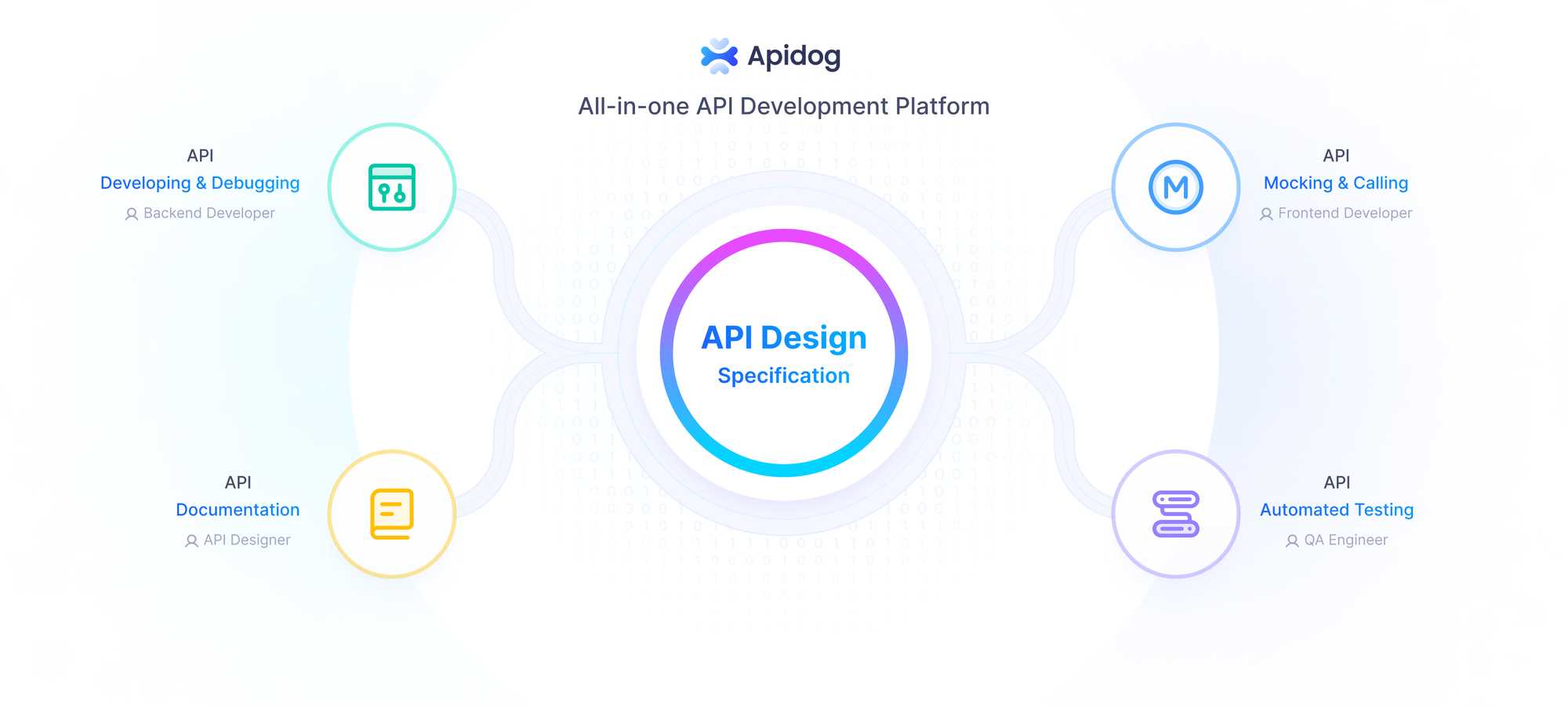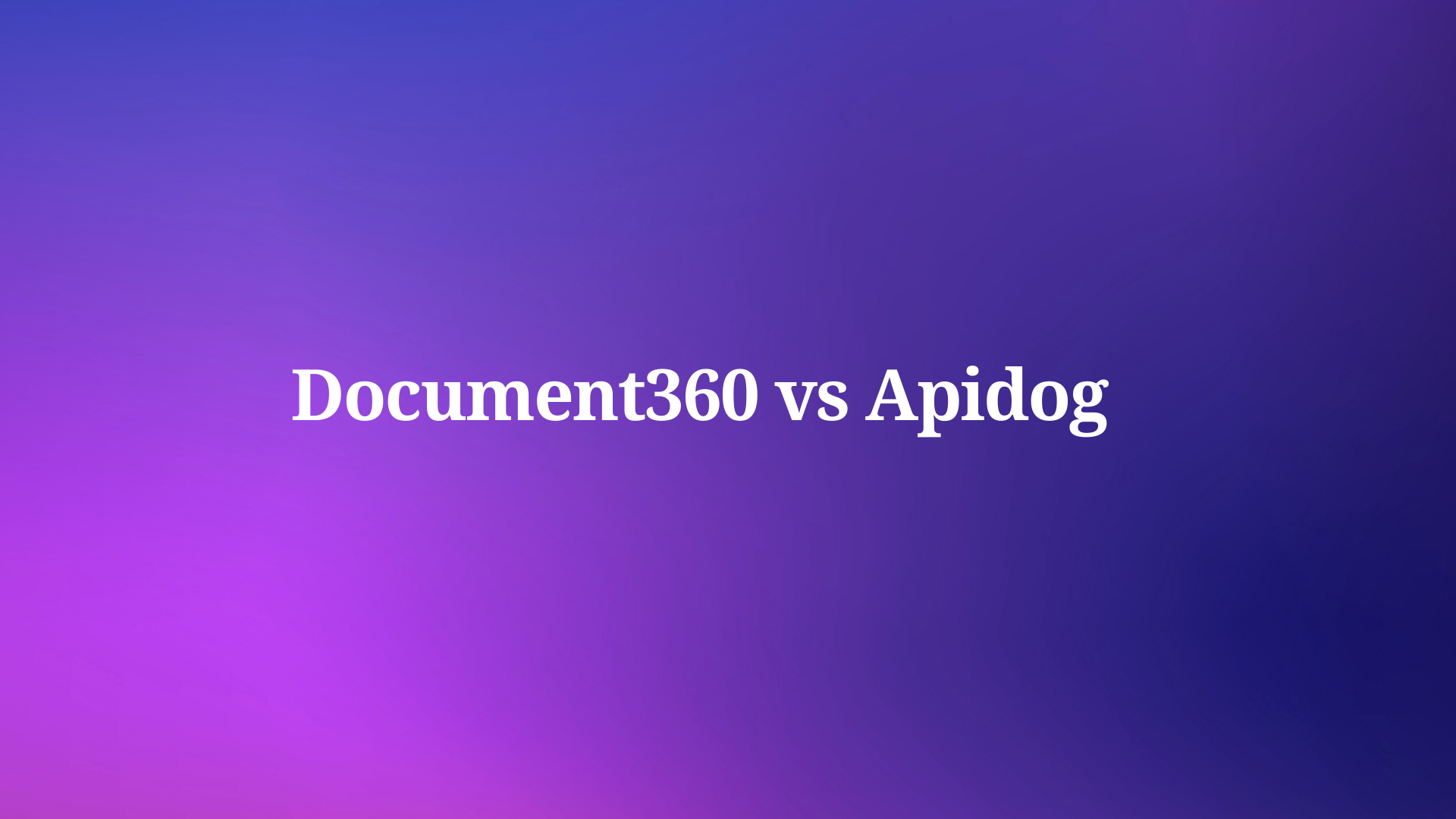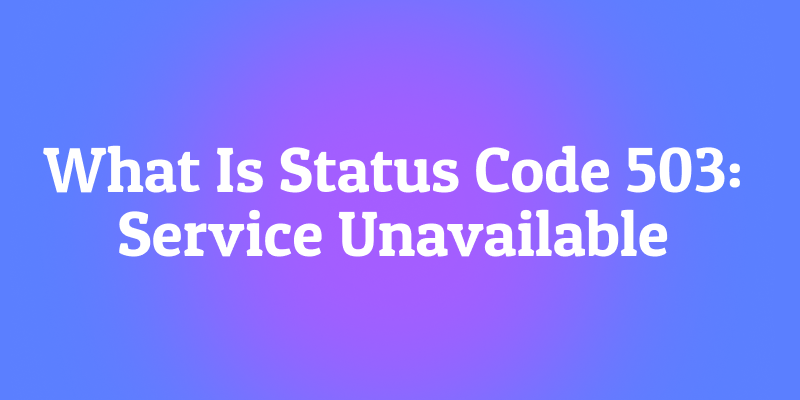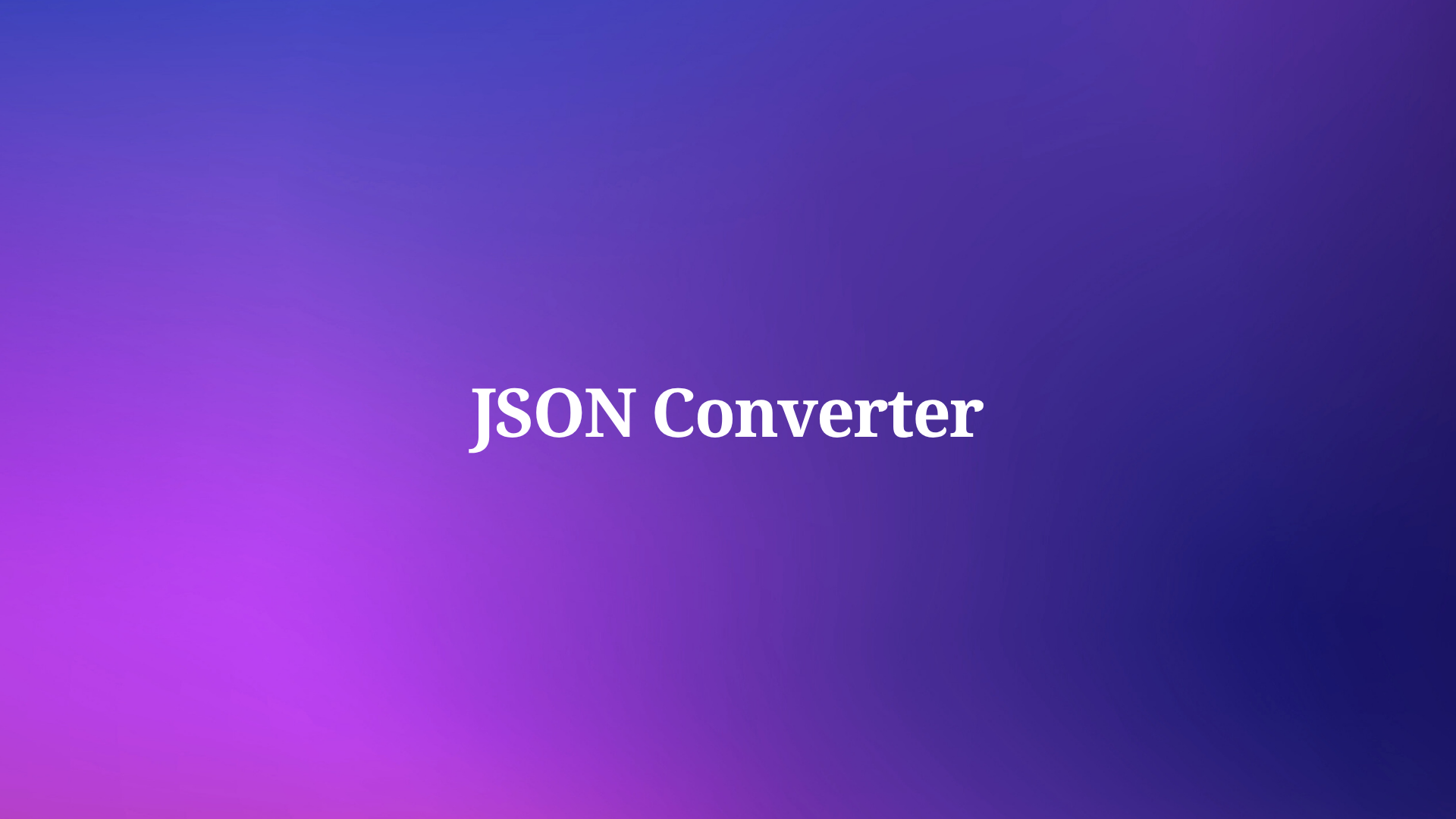Developers and teams constantly seek tools that enhance productivity in API documentation and management. Document360 and Apidog stand out as prominent options, each addressing specific needs in technical documentation. Document360 focuses on building comprehensive knowledge bases, while Apidog targets the full API lifecycle, from design to testing. This comparison examines their strengths, revealing how small variations in features can significantly impact daily workflows. For instance, subtle differences in search capabilities or integration depth often determine user satisfaction and efficiency.
If you manage APIs and want a seamless experience, consider Apidog. Download Apidog for free today to test its all-in-one platform, which combines design, debugging, and documentation—perfect for comparing against Document360 in your own environment.
This article breaks down each tool technically, using active voice to clarify actions and transitions to connect ideas smoothly. We draw from recent 2025 data, including user reviews and feature updates, to offer an unbiased yet detailed view.
Understanding Document360: Key Features and Capabilities in 2025
Document360 operates as an AI-powered knowledge base platform that centralizes documentation for teams and customers. Developers use it to create searchable repositories for technical content, including API documentation. The tool enables users to build dynamic knowledge bases that reduce support tickets through self-service options.
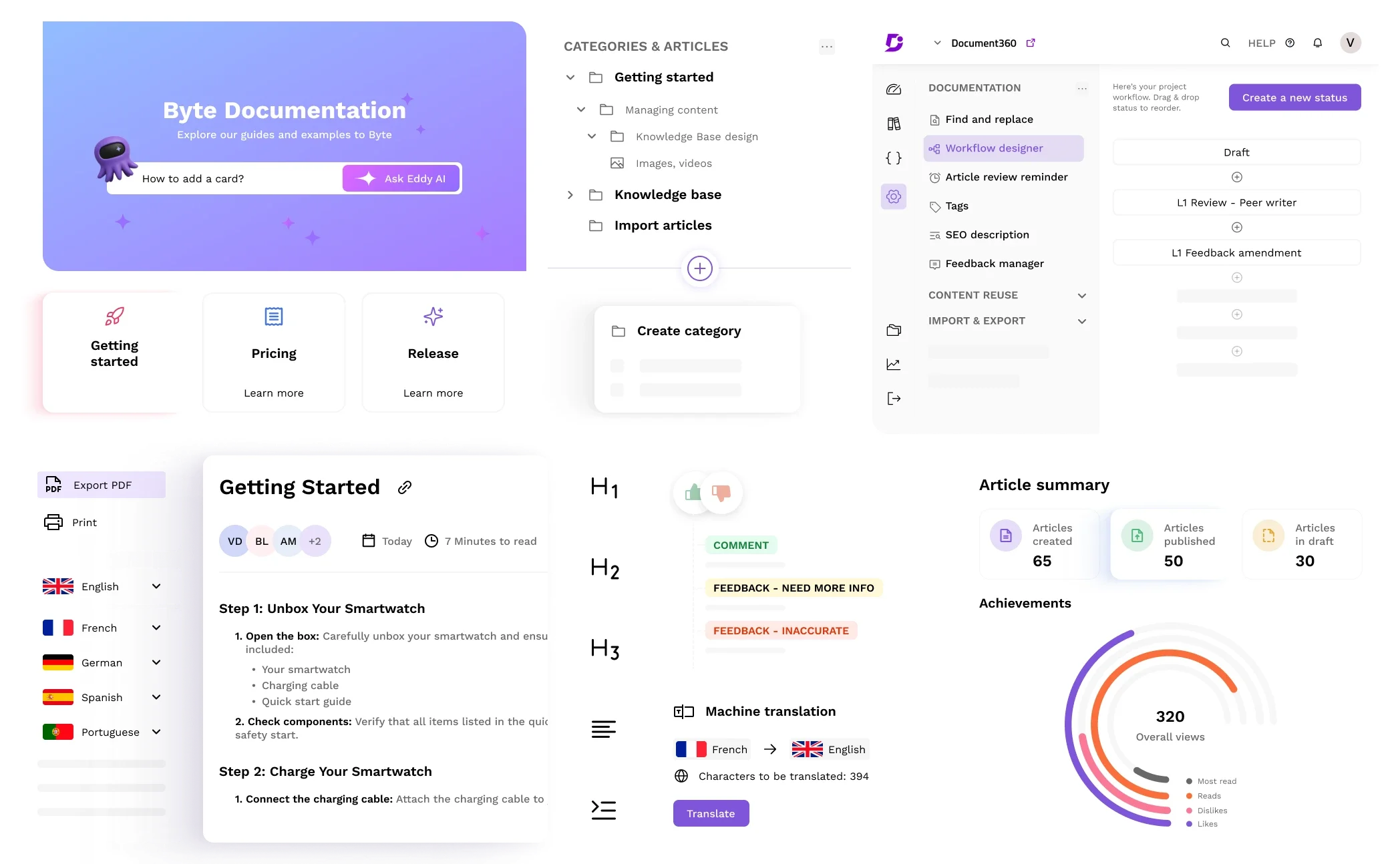
First, Document360 supports multiple documentation types. Users craft software docs, API references, SOPs, and user manuals within one interface. For example, it replaces static PDFs with interactive, multi-lingual manuals that update in real time. This functionality proves essential for global teams, as it ensures accessibility across languages and regions.
Additionally, AI features like Eddy enhance efficiency. Eddy delivers answers five times faster than traditional searches by processing queries intelligently. It also automates tasks such as generating glossaries, article summaries, and FAQs. Developers appreciate this because it minimizes manual effort in maintaining docs.
Search functionality stands out with filters and analytics. Users apply filters to refine results, while analytics track article performance, reader behavior, and feedback. This data helps optimize content, identifying popular sections or gaps in coverage.
Customization options allow teams to tailor the platform. They add custom CSS, JavaScript, and error pages, creating a branded experience. Moreover, integrations with tools like Zendesk, Intercom, and Slack streamline workflows, though these require higher-tier plans.
In terms of security and compliance, Document360 includes SSL, SOC 2 compliance, and IP restrictions in enterprise plans. Teams manage roles and permissions to control access, preventing unauthorized edits.
User feedback from 2025 highlights its ease of use. For instance, companies like Panaya note the visual clarity of docs, while Fastmag praises comprehensive content oversight. However, some reviews mention limitations in advanced API-specific features, positioning it more as a general knowledge base than a dedicated API tool.
Document360 suits industries like SaaS, healthcare, and finance. In healthcare, it reduces patient inquiries via FAQs; in finance, it centralizes guidelines to cut support queries. These applications demonstrate its versatility beyond pure API work.
Furthermore, content management tools like category organization, tag management, and bulk edits accelerate updates. Developers export to PDF or import articles seamlessly, maintaining consistency.
As of 2025, updates emphasize AI enhancements, with Eddy now supporting contextual help mapping in business plans. This evolution keeps Document360 competitive, though it lags in API testing integration compared to specialized tools.
Overall, Document360 empowers teams to manage knowledge effectively, but its broad focus means it excels in hybrid environments where API docs blend with other content.
Exploring Apidog: A Comprehensive API Platform for 2025
Apidog functions as an all-in-one API platform that handles design, debugging, mocking, testing, and documentation. Developers rely on it to streamline the entire API lifecycle, ensuring consistency from inception to deployment.
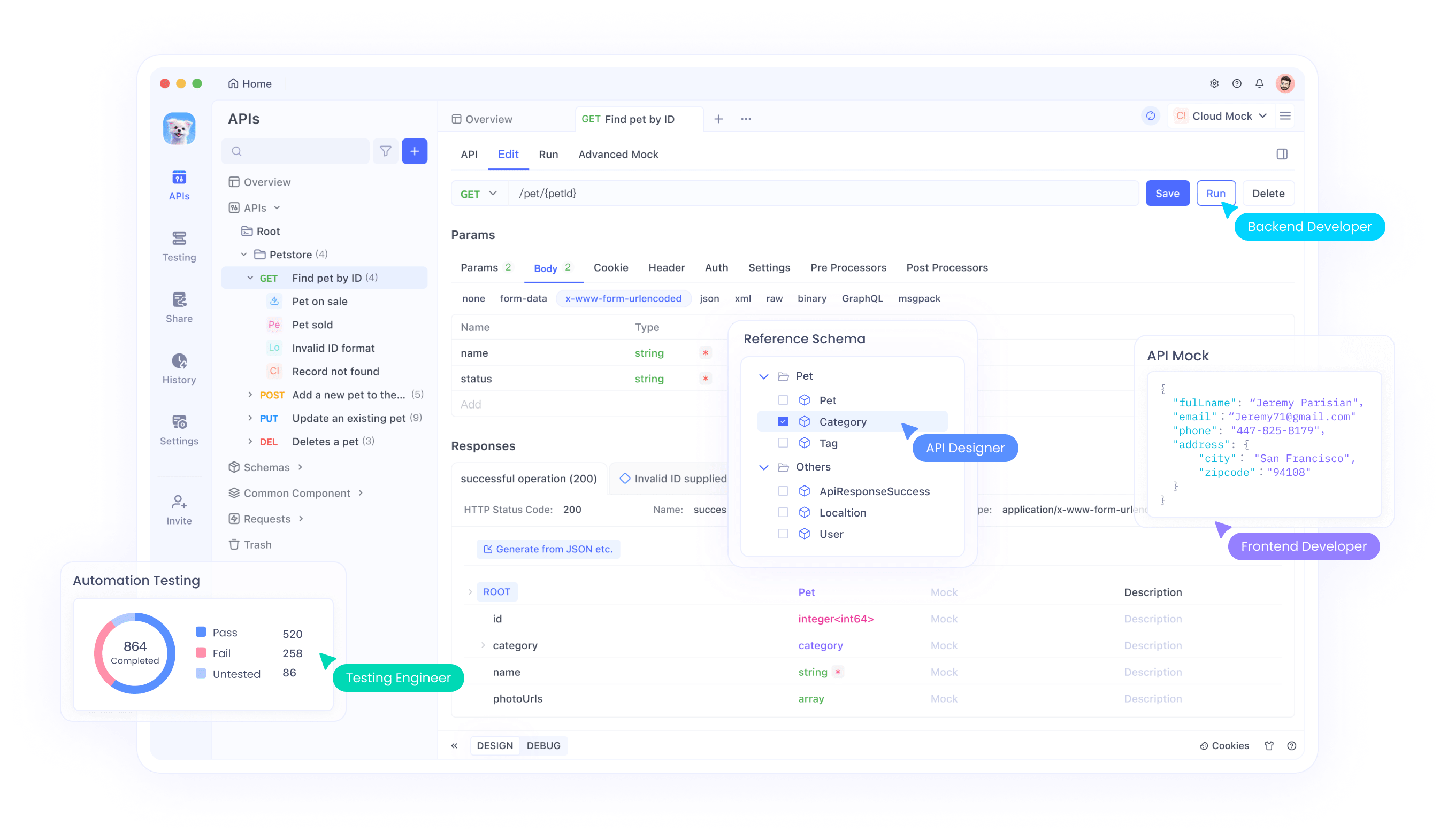
Apidog adopts a design-first approach. Users create APIs visually before coding, using reusable components and OpenAPI support. This method establishes a shared contract among backend, frontend, and product teams, reducing miscommunications.
Testing capabilities integrate automated scenarios with assertions and logic branching. Teams run live tests on specs to detect issues early, incorporating them into CI/CD pipelines. This proactive stance prevents breaking changes, saving time in development cycles.
Documentation generation occurs automatically from specs. Apidog produces interactive docs with "Try It Out" features, code samples, and versioning. Custom domains and real-time syncing keep docs current, benefiting QA and product teams.
Collaboration tools organize endpoints by domains like auth or products. Each microservice gets independent versioning, providing visibility without overlap. This structure supports large-scale projects, as noted in 2025 testimonials where users praise its organization of chaotic APIs.
Mocking features generate realistic responses based on schemas, allowing frontend work to proceed independently. Smart mock servers interpret field names intelligently, mimicking production environments.
Security, though not heavily detailed in sources, aligns with standard practices through integrations and compliance in enterprise setups. Version control ensures changes track reliably.
Integrations extend to CI/CD tools, though specifics vary. Apidog's workspace model facilitates team coordination, with modules for microservices.
Pricing starts free, scaling to professional plans, making it accessible. A 14-day trial lets users explore fully.
User reviews from 2025 emphasize its user-friendly interface over competitors like Postman. Developers switch for better testing flows and documentation auto-sync.
Apidog fits enterprises managing complex APIs. For research projects, its lightweight nature aids quick setups. Updates in 2025 include enhanced collaboration for distributed teams.
In summary, Apidog excels in API-centric tasks, offering tools that integrate deeply into development workflows.
Head-to-Head Comparison: Document360 vs Apidog Features
When comparing Document360 and Apidog, focus shifts to how each handles core functions. Both support API documentation, but their approaches differ markedly.
Document360 emphasizes knowledge base management. It centralizes docs, enabling category and tag organization. Users build hierarchies for API refs alongside other content. However, Apidog specializes in API endpoints, grouping them by domains for microservice support. This domain-based structure provides clearer separation, which Document360 lacks in its general categorization.
In API design, Apidog leads with visual tools and OpenAPI compliance. Developers design specs intuitively, sharing them across teams. Document360, conversely, focuses on content creation via editors like Markdown or WYSIWYG, but without dedicated design interfaces. Thus, Apidog suits teams prioritizing spec-first development.
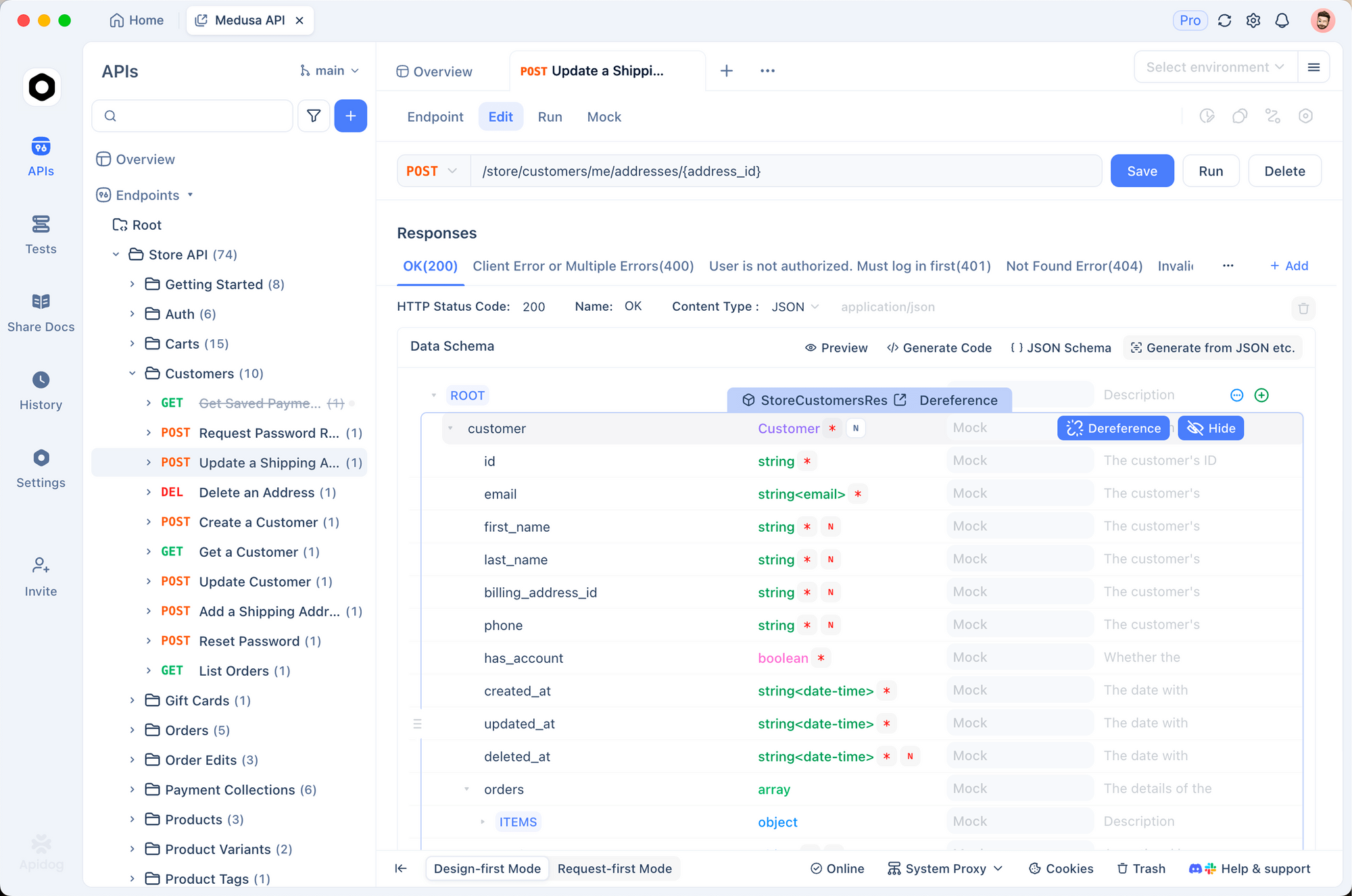
Testing represents a stark contrast. Apidog enables automated tests with branching logic, integrating into pipelines. It catches inconsistencies early. Document360 offers no built-in testing; it relies on external tools. Consequently, Apidog reduces tool-switching, a small but impactful efficiency gain.
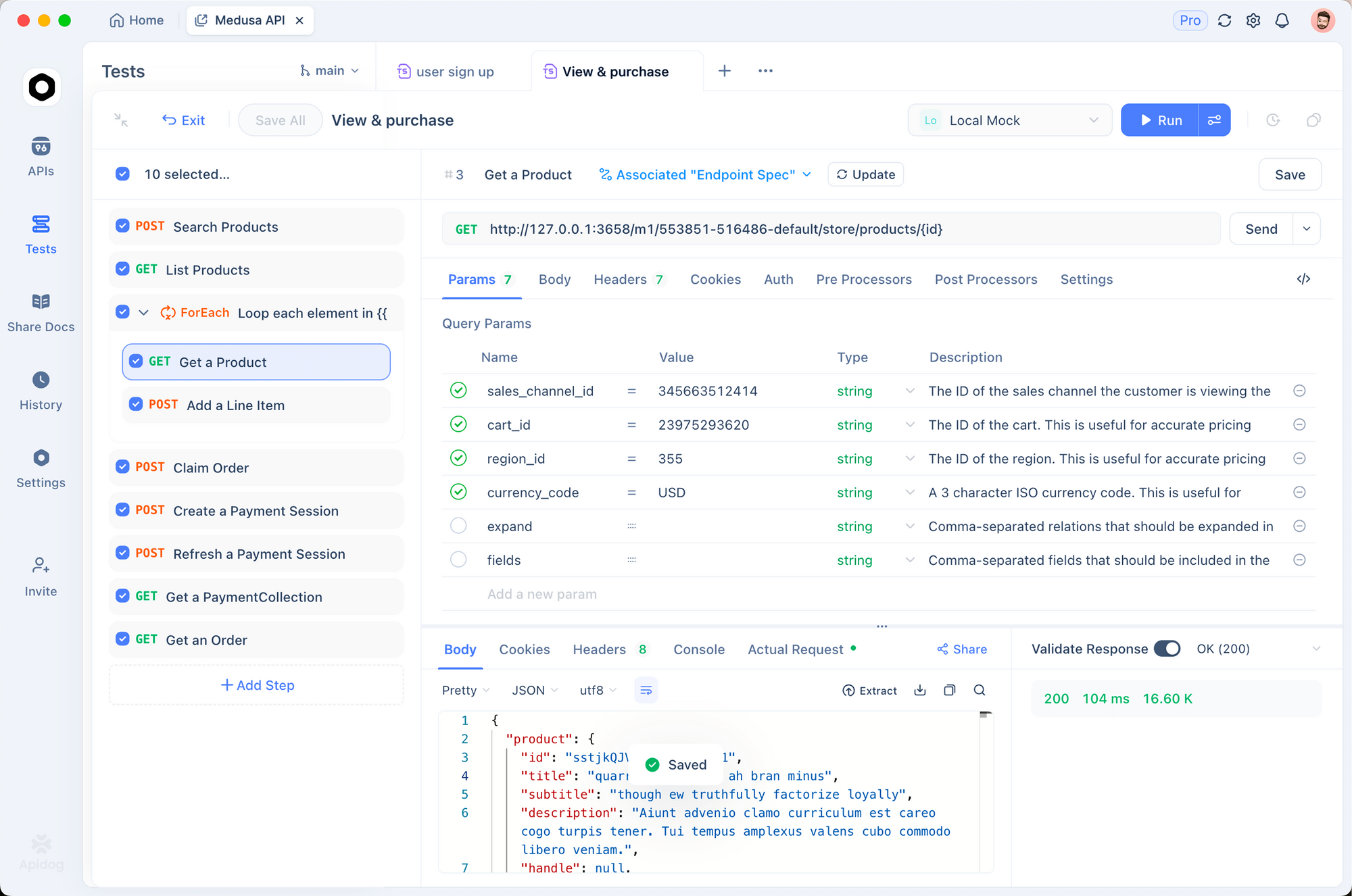
For documentation, both generate interactive content. Document360 uses AI for summaries and multi-lingual support, ideal for broad audiences. Apidog auto-generates from specs, adding "Try It Out" and code samples. Apidog's syncing ensures docs reflect changes instantly, while Document360 requires manual updates in some cases.
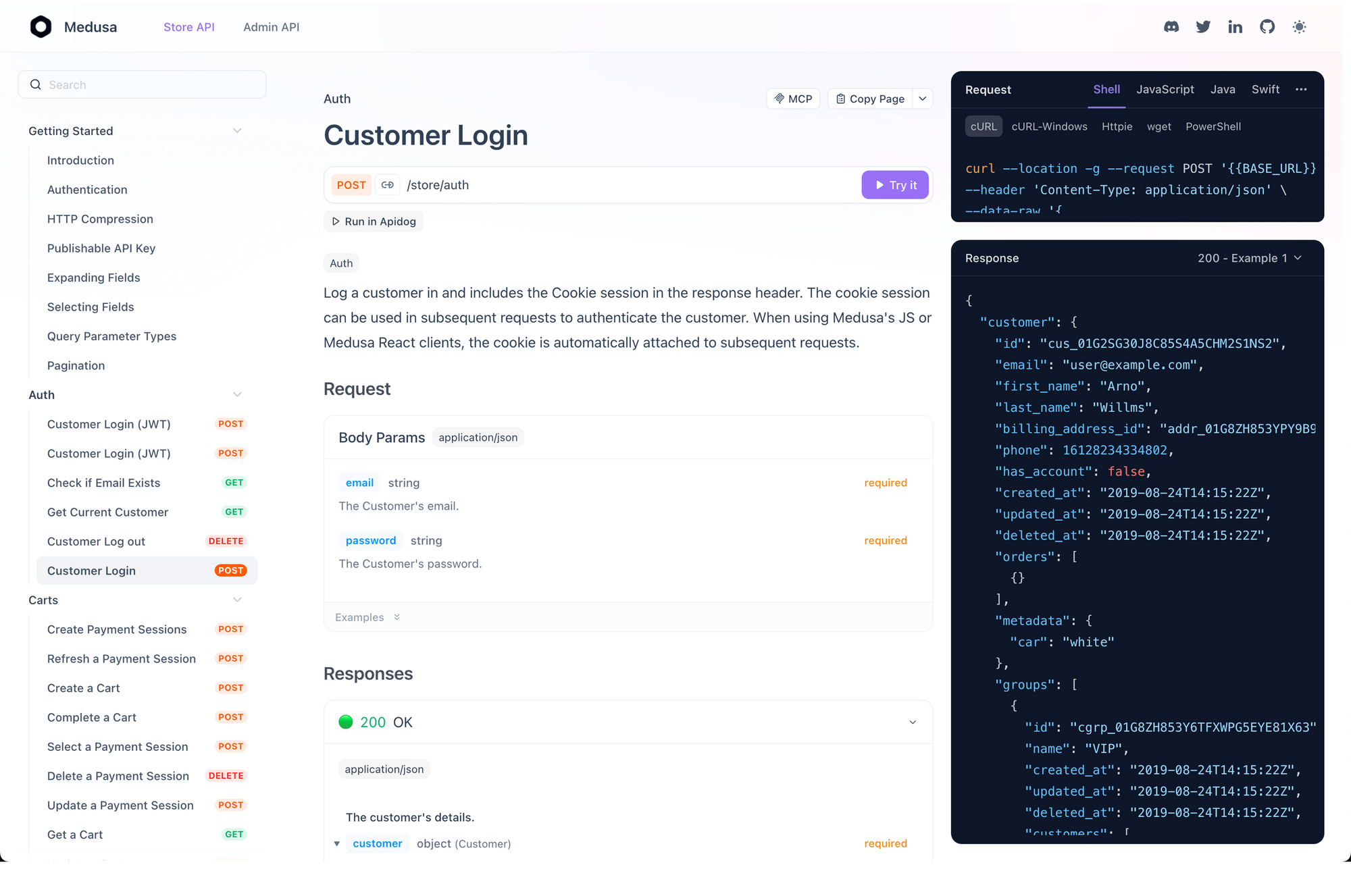
Search functionality varies subtly. Document360's Eddy AI delivers fast, contextual results with analytics. Apidog's search, though effective within APIs, lacks the same AI depth for general queries. However, Apidog's semantic focus on API elements often proves more precise for developers.
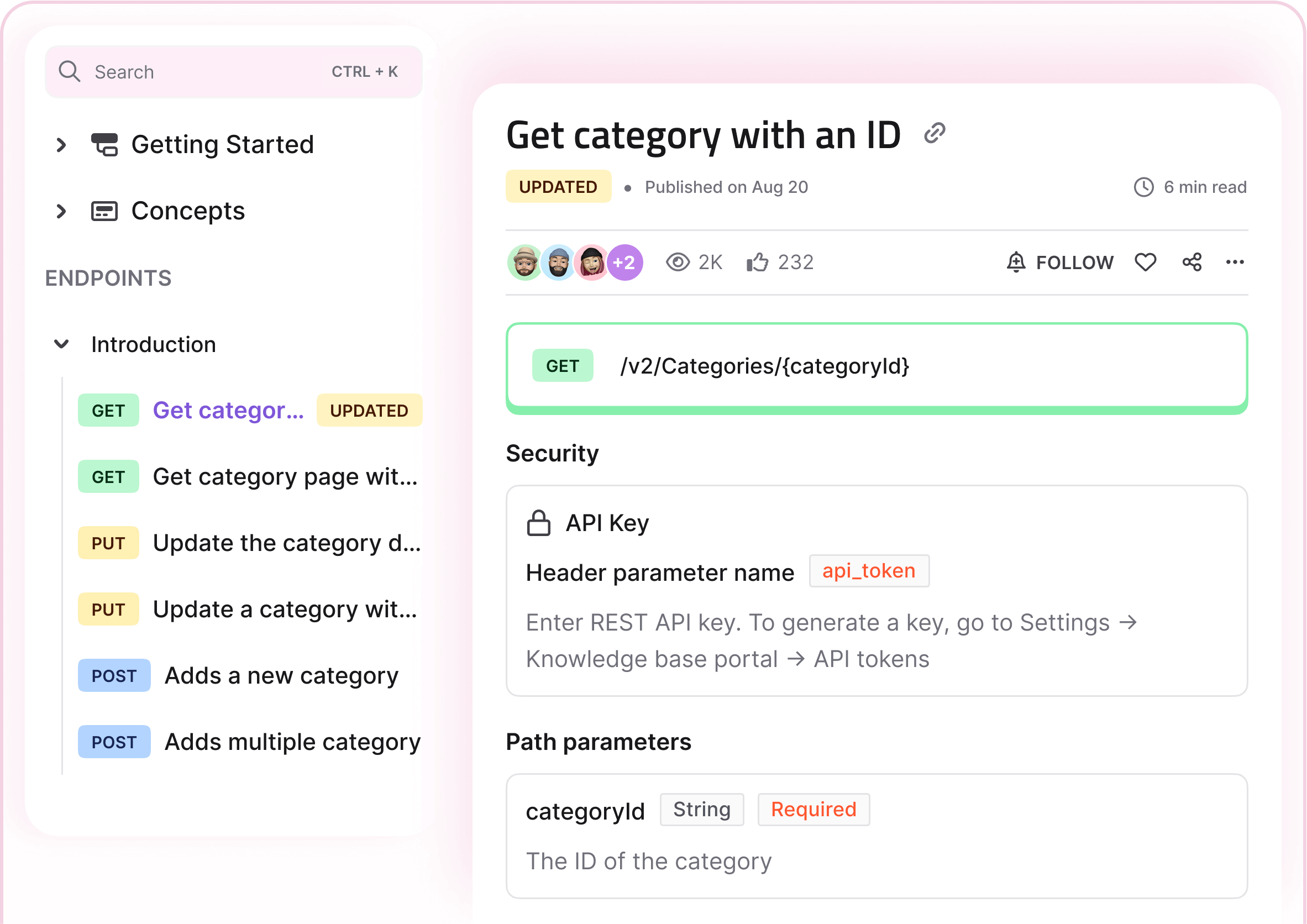
Customization options overlap but diverge. Both allow branding, but Document360 offers custom CSS/JS and error pages. Apidog provides custom domains for docs. In integrations, Document360 connects to helpdesks like Zendesk, while Apidog ties into CI/CD. Teams choose based on ecosystem needs.
Collaboration tools in Apidog include workspace modules with versioning, fostering team alignment. Document360 uses roles, permissions, and workflows, but in higher plans. Apidog's free tier includes basic collaboration, giving it an edge for small teams.
Mocking and debugging set Apidog apart. Its smart mocks simulate responses realistically, aiding parallel development. Document360 omits these, focusing on static content.
Analytics provide insights in both. Document360 tracks reader feedback and search trends deeply. Apidog offers usage stats but ties them to API performance.
Security features like compliance and access controls appear in both enterprise plans. Document360 adds IP restrictions; Apidog emphasizes spec security.
Use cases highlight differences. Document360 thrives in mixed documentation environments, such as SaaS with user manuals. Apidog dominates pure API workflows, like microservices in enterprises.
Overall, Apidog's API-specific depth outperforms in technical scenarios, while Document360's versatility suits broader needs. Small distinctions, like integrated testing, tip the scale for API-heavy users.
| Feature | Document360 | Apidog |
|---|---|---|
| API Design | Limited to content editors | Visual tools, OpenAPI support |
| Testing | None built-in | Automated scenarios, CI/CD integration |
| Documentation | AI-generated summaries, multi-lingual | Auto-sync, interactive "Try It Out" |
| Search | AI-powered Eddy | Semantic API-focused |
| Integrations | Helpdesks, Slack | CI/CD pipelines |
| Mocking | Not available | Smart mock servers |
| Pricing Start | $199/month (Professional) | Free tier, $9/user/month (Basic) |
This table underscores how Apidog addresses API lifecycle comprehensively.
Pricing Breakdown: Document360 vs Apidog in 2025
Pricing influences decisions, especially for scaling teams. Document360 and Apidog offer tiered models, but accessibility varies.
Document360 starts with a Professional plan at approximately $199 per month, including core features like editors, analytics, and integrations. Business tier, around $299, adds workflows and backups. Enterprise, from $499, includes advanced security and custom domains. A 14-day free trial covers all, but no perpetual free plan exists after 2024 discontinuation.
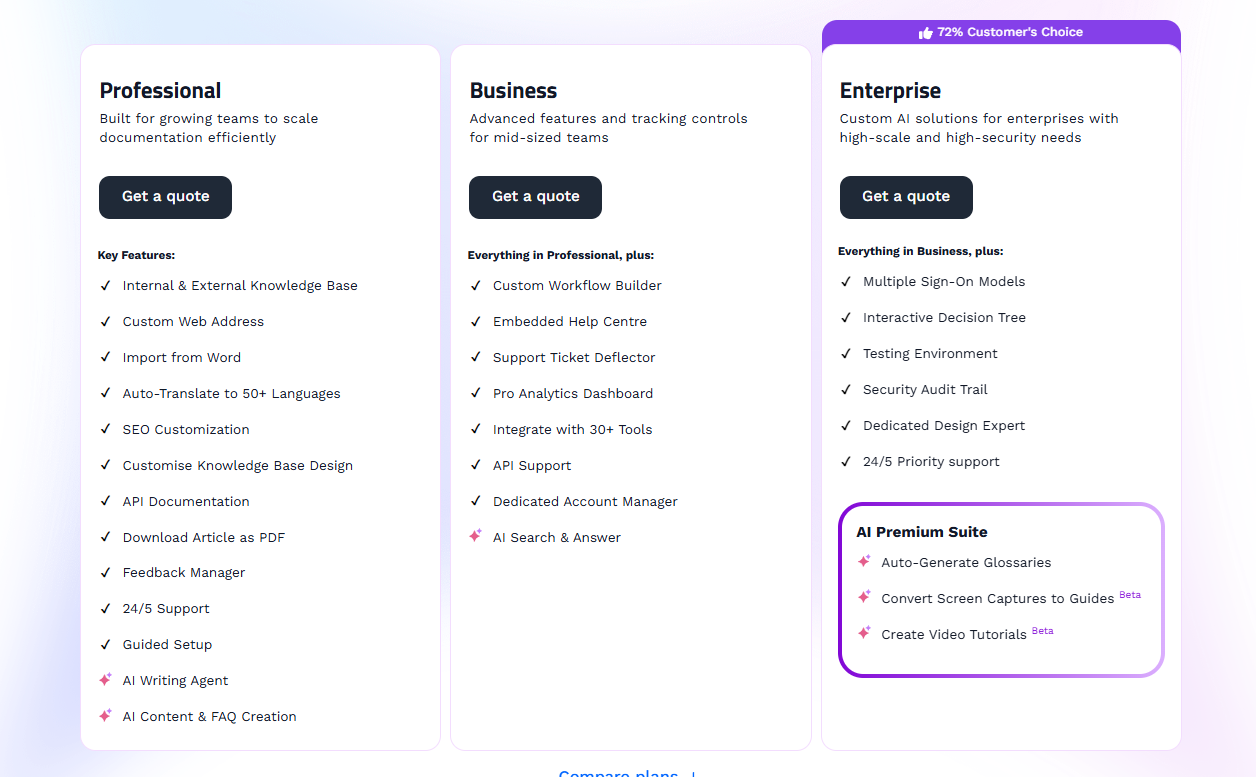
Apidog provides a free tier with basic design, testing, and docs for small teams. Basic plan costs $9 per user monthly, adding collaboration. Professional, at $18 per user, unlocks advanced testing and mocking. Enterprise requires contact for custom pricing, with discounts for nonprofits at 50%. A 14-day trial applies.
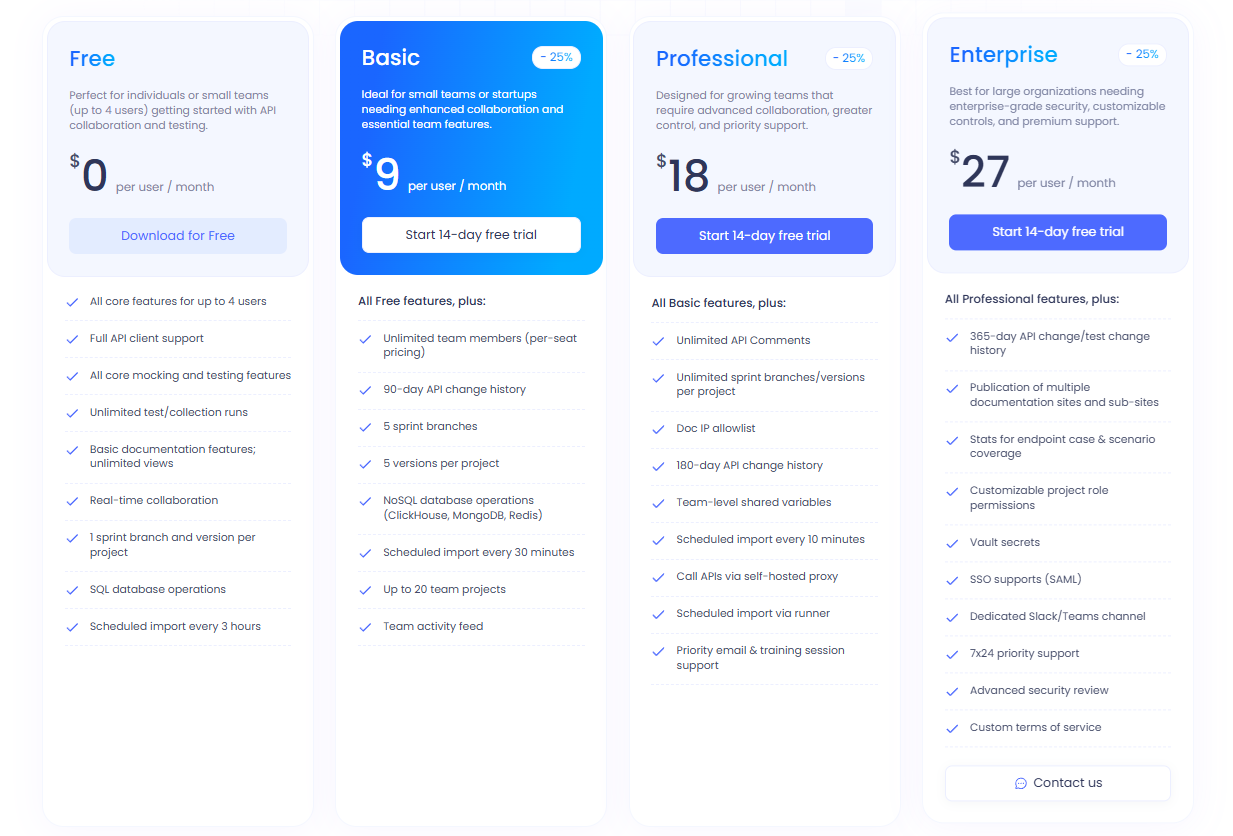
Comparatively, Apidog's per-user model scales better for growing teams, while Document360's flat fees suit fixed-size groups. Apidog's free entry lowers barriers, a key difference for startups.
Hidden costs emerge in add-ons. Document360 charges for extra storage or users in enterprise. Apidog includes most in tiers, but custom integrations may add fees.
Value-wise, Apidog delivers more API tools at lower cost. Document360 justifies pricing with knowledge base breadth. Teams calculate based on needs; for API focus, Apidog offers better ROI.
Pros and Cons: Weighing Document360 Against Apidog
Evaluating pros and cons reveals practical strengths.
Document360 pros include versatile knowledge management, AI search for quick answers, and strong analytics for optimization. It integrates well with support tools, reducing tickets. Customization enhances branding.
However, cons involve limited API-specific features like testing, higher starting costs, and dependency on higher tiers for workflows. Some users note slower updates in large bases.
Apidog pros feature integrated lifecycle tools, automated docs, and affordable scaling. Mocking and testing accelerate development. Reviews praise its interface for complex APIs.
Cons include less emphasis on general docs, potential learning curve for non-API users, and fewer helpdesk integrations. Security details remain vague in free tiers.
In essence, Apidog's pros align with API devs, while Document360's suit hybrid teams. Small pros like Apidog's mocking make big differences in speed.
Use Cases: Where Document360 and Apidog Shine
Document360 fits scenarios requiring broad knowledge bases. SaaS companies use it for product docs and API refs, centralizing info. Healthcare teams build FAQs to handle inquiries efficiently.
Apidog excels in API-driven projects. Enterprises manage microservices with its domains and versioning. Frontend teams mock APIs for independent work, speeding releases.
Hybrid cases favor Apidog if API dominates, or Document360 for mixed content. For example, research projects leverage Apidog's lightweight docs.
These applications show how tool choice depends on workflow focus.
Conclusion
Document360 and Apidog both advance API documentation, yet Apidog's specialized features often provide the edge for technical teams. Its integration of design, testing, and mocking addresses pain points that Document360 approaches more generally. As 2025 progresses, consider your priorities—versatility or API depth.
If API management drives your work, Apidog emerges stronger. Small elements like auto-syncing docs accumulate to major productivity boosts. Test both, but start with Apidog's free download to see the difference firsthand.
